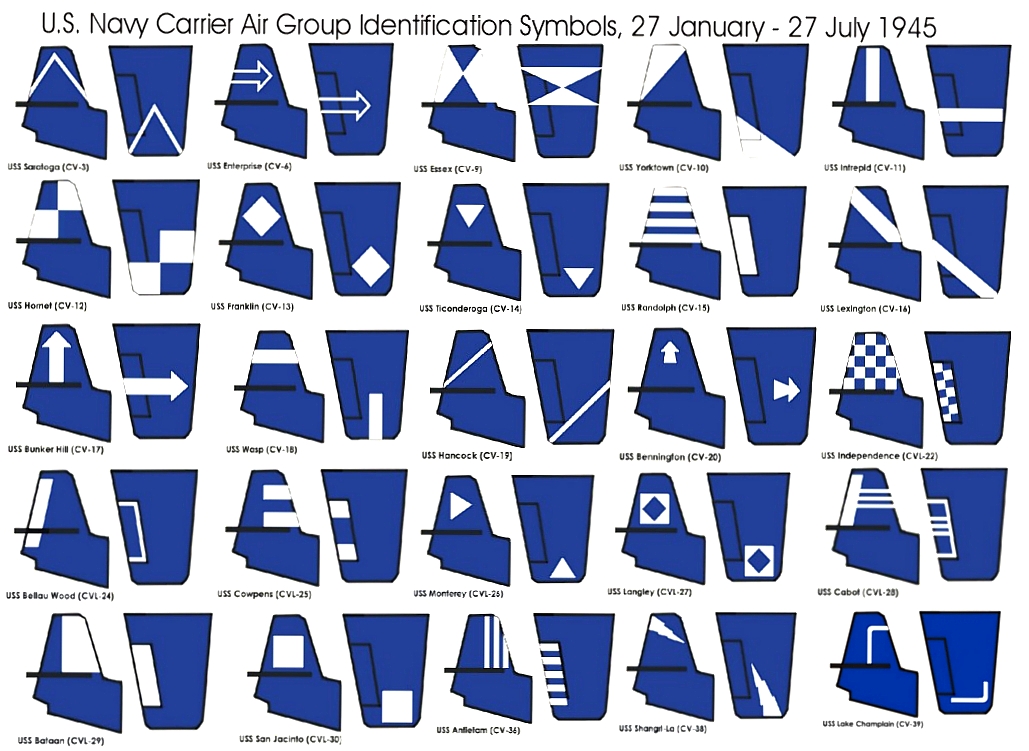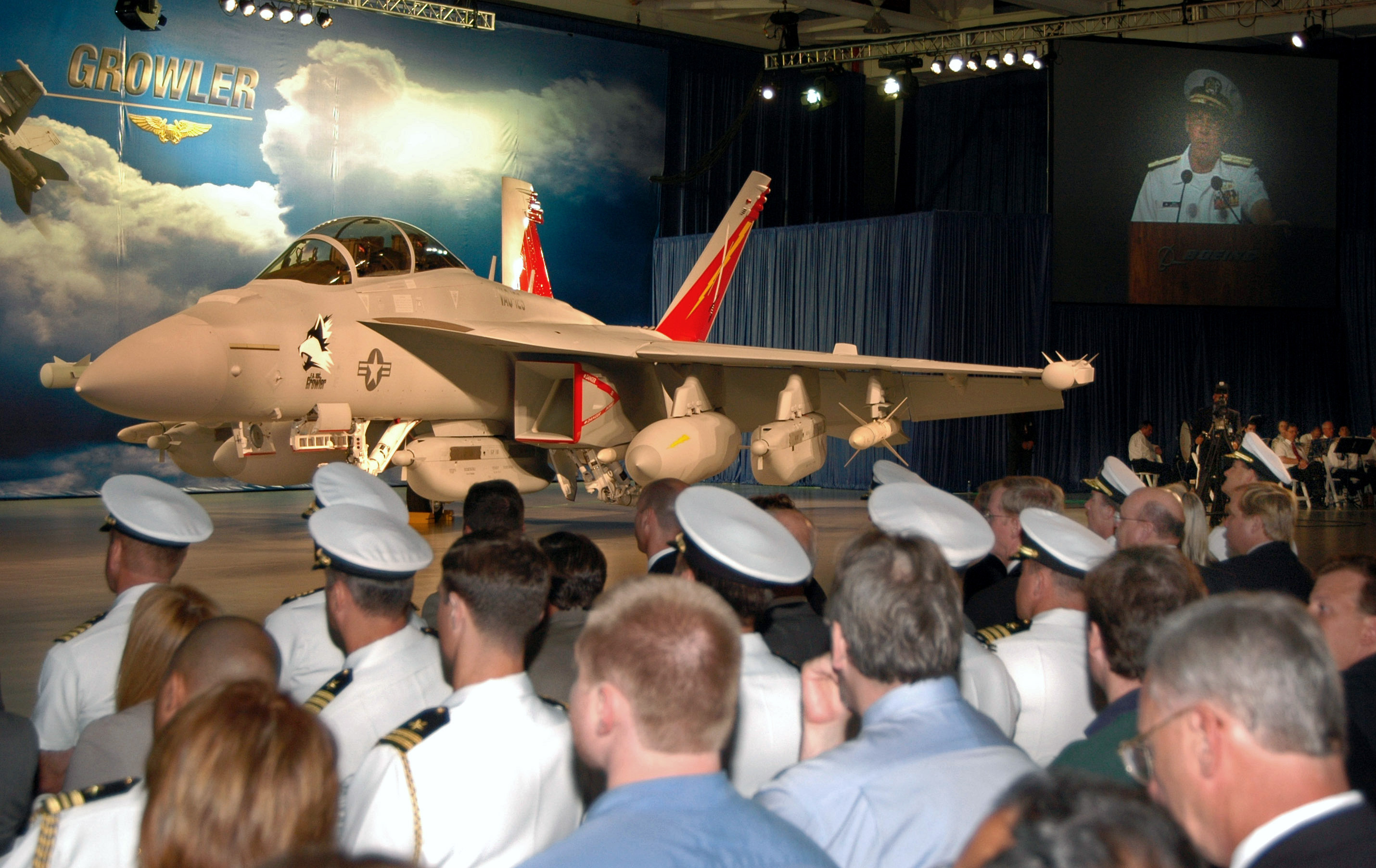|
CVW-7 Emblem
Carrier Air Wing Seven (CVW-7) is a United States Navy aircraft carrier air wing based at Naval Air Station Oceana, Virginia. At the moment, CVW-7 is assigned to the . The tail code of aircraft assigned to CVW-7 is AG. CW-7's insignia features an aircraft tailhook in the shape of the number 7. Mission To conduct carrier air warfare operations and assist in the planning, control, coordination and integration of seven air wing squadrons in support of carrier air warfare including; Interception and destruction of enemy aircraft and missiles in all-weather conditions to establish and maintain local air superiority. All-weather offensive air-to-surface attacks, Detection, localization, and destruction of enemy ships and submarines to establish and maintain local sea control. Aerial photographic, sighting, and electronic intelligence for naval and joint operations. Airborne early warning service to fleet forces and shore warning nets. Airborne electronic countermeasures. In-flight r ... [...More Info...] [...Related Items...] OR: [Wikipedia] [Google] [Baidu] |
Carrier Air Wing
A carrier air wing (abbreviated CVW) is an operational naval aviation organization composed of several aircraft squadron (aviation), squadrons and detachments of various types of fixed-wing aircraft, fixed-wing and rotorcraft, rotary-wing aircraft. Organized, equipped and trained to conduct modern US Navy carrier air operations while embarked aboard aircraft carriers, the various squadrons in an air wing have different but complementary (and sometimes overlapping) missions, and provide most of the striking power and electronic warfare capabilities of a carrier battle group (CVBG). While the CVBG term is still used by other nations, the CVBG in US parlance is now known as a carrier strike group (CSG). Until 1963, Carrier Air Wings were known as Carrier Air Groups (CVGs). Carrier Air Wings are what the United States Air Force would call "composite" wings, and should not be confused with U.S. Navy List of United States Navy aircraft wings, ''Type'' Wings (such as Strike Fight ... [...More Info...] [...Related Items...] OR: [Wikipedia] [Google] [Baidu] |
VAW-121
Carrier Airborne Early Warning Squadron 121 (VAW-121), also known as the "Bluetails", is an Airborne Early Warning (AEW) and Command and control (C2) squadron of the United States Navy, operating the E-2D Hawkeye. Established in 1967, the squadron is based at Naval Station Norfolk, NAS Norfolk. It is currently assigned to Carrier Air Wing 17 and deploys aboard the aircraft carrier Squadron History 1960s Along with VAW-122, VAW-123 and VAW-120, VAW-121 was created out of the "super squadron" VAW-12 on 1 April 1967. Until then, VAW-12 had deployed 4-plane detachments to accompany carrier air wings. 1970s Unlike its siblings, VAW-121 flew the Grumman E-1 Tracer, E-1B Tracer, until the mid-1970s. This was due to the fact there were still carriers in the fleet that were not capable of handling for the larger Northrop Grumman E-2 Hawkeye, E-2 Hawkeye, principally and the Essex class aircraft carrier, ''Essex''-class carriers. In July 1975, VAW-121 transitioned to the newer Gru ... [...More Info...] [...Related Items...] OR: [Wikipedia] [Google] [Baidu] |
Airborne Early Warning Squadron 121 (US Navy) Insignia 2015
Airborne or Airborn may refer to: Arts, entertainment, and media Films * ''Airborne'' (1962 film), a 1962 American film directed by James Landis * ''Airborne'' (1993 film), a comedy–drama film * ''Airborne'' (1998 film), an action film starring Steve Guttenberg * ''Airborne'' (2012 film), a horror film Games * ''Airborne!'', a 1985 computer game by Silicon Beach Software * '' Asphalt 8: Airborne'', a 2013 video game * '' Medal of Honor: Airborne'', a 2007 video game Literature * ''Airborn'' (novel), a 2004 young adult novel by Kenneth Oppel *''Airborn'' (''Hijos del aire''), a poetry collection by Octavio Paz, English translation Charles Tomlinson 1981 Music Groups * Airbourne (band), an Australian hard rock band, initially styled as Airborne Albums * ''Airborn'' (album) * ''Airborne'' (Curved Air album), 1976 * ''Airborne'' (Don Felder album) * ''Airborne'' (The Flying Burrito Brothers album), 1976 * ''Airborne'', an album by Erik Wøllo Songs * "Airborne", a son ... [...More Info...] [...Related Items...] OR: [Wikipedia] [Google] [Baidu] |
EA-18G Growler
The Boeing EA-18G Growler is an American aircraft carrier, carrier-based electronic warfare aircraft, a specialized version of the two-seat Boeing F/A-18E/F Super Hornet, Boeing F/A-18F Super Hornet. The EA-18G replaced the Northrop Grumman EA-6B Prowlers in service with the United States Navy. The Growler's electronic warfare capability is primarily provided by Northrop Grumman. The EA-18G began production in 2007 and entered operational service with the US Navy in late 2009. Australia has also purchased thirteen EA-18Gs, which entered service with the Royal Australian Air Force in 2017. Development Requirement and testing On 15 November 2001, Boeing successfully completed an initial flight demonstration of F/A-18F "F-1" fitted with the ALQ-99 electronic warfare system to serve as the EA-18 Airborne Electronic Attack (AEA) concept aircraft. In December 2003, the US Navy awarded a development contract for the EA-18G to Boeing. As primary contractor, Boeing was to construct t ... [...More Info...] [...Related Items...] OR: [Wikipedia] [Google] [Baidu] |
VAQ-140
Electromagnetic Attack Squadron ONE FOUR ZERO (VAQ-140) is a US Navy electromagnetic attack squadron. Known as the "Patriots", the squadron operates the EA-18G Growler. The squadron is home ported at NAS Whidbey Island, Washington. They are attached to Carrier Air Wing Seven, and deploy aboard . The squadron's radio callsign is "Talon" and are formally recognized as America's Squadron. Their aircrew commonly reference the rallying cry of "Glizzy Roll" in honor of their traditional ready room hot dog roller. Their mascot is their newest aircrew dressing as Evel Knievel. History The squadron was established on 1 October 1985, and immediately tasked with the evaluation and testing of the AGM-88 High-speed Anti-Radiation Missile (HARM), and became the first Prowler squadron to operationally deploy with HARM aboard in August 1986. The squadron was deployed aboard for the beginning of Operation Desert Shield in September 1991. The squadron returned to the Persian Gulf aboard the '' ... [...More Info...] [...Related Items...] OR: [Wikipedia] [Google] [Baidu] |
VFA-105
Strike Fighter Squadron 105 (VFA-105) also known as the "Gunslingers" is a United States Navy strike fighter squadron based at Naval Air Station Oceana, Virginia. The "Gunslingers" are an operational fleet squadron and fly the Boeing F/A-18E/F Super Hornet, F/A-18E Super Hornet. Their radio callsign is "Canyon" and the tail code is AG. Squadron Insignia and Nickname VA-105's insignia was approved by the Chief of Naval Operations (CNO) on 20 September 1968, and has remained essentially unchanged. It features an American frontier, Old West gun belt and six-shooter resembling that worn by the main character in the television series ''Have Gun – Will Travel'', with a gold Knight (chess), knight chess piece emblazoned on the holster. The squadron gained the nickname "105th Light Attack and Twilight Pursuit Squadron" during the Vietnam War. "Twilight Pursuit" was a tongue-in-cheek reference to the fact that squadron aircraft carried the air-air AIM-9 Sidewinder missile. The nickn ... [...More Info...] [...Related Items...] OR: [Wikipedia] [Google] [Baidu] |
VFA-131
Strike Fighter Squadron 131 (VFA-131), also known as the "Wildcats", is a United States Navy Boeing F/A-18E/F Super Hornet, F/A-18E Super Hornet fighter squadron stationed at Naval Air Station Oceana. Their radio call sign is "Wildcat" and their aircraft tail code is ''AG''. History 1980s VFA-131 was established at Naval Air Station Lemoore, California, on 3 October 1983, and trained in the F/A-18 Hornet under VFA-125. The squadron received their first F/A-18A in May 1984. In January 1985, the squadron moved to Naval Air Station Cecil Field, Florida, becoming the Atlantic Fleet’s first F/A-18 squadron. In March 1986 during Freedom of Navigation exercises in the Gulf of Sidra, the squadron’s aircraft flew Combat Air Patrols during which a Libyan S-200 (missile), SA-5 Gammon missile was fired against an American aircraft operating in international waters. On 14–15 April 1986, squadron aircraft participated in Operation El Dorado Canyon, along with other units of CVW-13 and ... [...More Info...] [...Related Items...] OR: [Wikipedia] [Google] [Baidu] |
VFA-131 Emblem
Strike Fighter Squadron 131 (VFA-131), also known as the "Wildcats", is a United States Navy F/A-18E Super Hornet fighter squadron stationed at Naval Air Station Oceana. Their radio call sign is "Wildcat" and their aircraft tail code is ''AG''. History 1980s VFA-131 was established at Naval Air Station Lemoore, California, on 3 October 1983, and trained in the F/A-18 Hornet under VFA-125. The squadron received their first F/A-18A in May 1984. In January 1985, the squadron moved to Naval Air Station Cecil Field, Florida, becoming the Atlantic Fleet’s first F/A-18 squadron. In March 1986 during Freedom of Navigation exercises in the Gulf of Sidra, the squadron’s aircraft flew Combat Air Patrols during which a Libyan SA-5 Gammon missile was fired against an American aircraft operating in international waters. On 14–15 April 1986, squadron aircraft participated in Operation El Dorado Canyon, along with other units of CVW-13 and A-7s from CVW-1, providing air-to-surface Shri ... [...More Info...] [...Related Items...] OR: [Wikipedia] [Google] [Baidu] |
VFA-83
Strike Fighter Squadron 83 (VFA-83), also known as the "Rampagers", are a United States Navy Boeing F/A-18E/F Super Hornet, F/A-18E Super Hornet fighter squadron stationed at Naval Air Station Oceana. They are a part of Carrier Air Wing 7, their tailcode is ''AG'' and their radio callsign is ''Ram''. Insignia and nickname The squadron was first known as the ''Roaring Bulls'' and the first insignia was approved by Chief of Naval Operations on 16 May 1950, consisting of a black bull with machine gun barrels for horns. The squadron was renamed and the first Rampager insignia was approved on 12 April 1957. History 1950s The squadron was originally established as Naval Reserve Fighter Squadron 916 (VF-916) at NAS Squantum in Massachusetts in April 1950. VF-916 was called to active duty at NAS Jacksonville on 11 February 1951 and moved to NAS Oceana, Virginia in September 1951. The squadron was assigned to Carrier Air Wing Eight, Carrier Air Group 8 (CVG-8) and was equipped with the ... [...More Info...] [...Related Items...] OR: [Wikipedia] [Google] [Baidu] |




